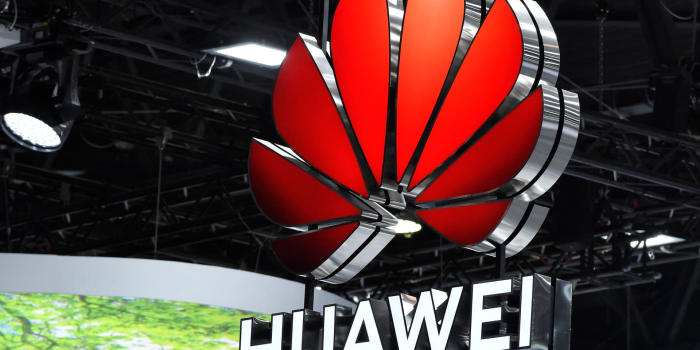Huawei’s Pura 70 Pro, the latest entrant into the high-end smartphone market, has garnered attention not only for its advanced features but also for its reliance on Chinese suppliers, paving the way for technological self-sufficiency for China.
Unveiled in late April, Huawei’s Pura 70 Pro has piqued the interest of both policymakers and industry observers. iFixit and TechSearch International’s disassembly investigation of the phone provided fascinating new insights into its internal components. A NAND memory chip packed by Huawei’s in-house chip unit, HiSilicon, was uncovered during the investigation along with other parts that were purchased from Chinese vendors.

“We’d say the domestic component usage is high, and definitely higher than in the Mate 60,” said Shahram Mokhtari, lead disassembly technician at iFixit, underscoring the importance of this advancement. Emphasising the significance of technological independence, Mokhtari emphasised the consequences of depending on Chinese producers for essential parts.

The Pura 70 Pro’s reliance on domestic suppliers highlights China’s efforts to lessen its reliance on foreign technology in the face of intensifying trade tensions with the US. The Kirin 9010, the phone’s sophisticated processing chipset, is a reflection of Huawei’s ongoing attempts to improve its chip manufacturing skills. Although the 9010 chip bears resemblance to its predecessor, the Mate 60 series, it represents small steps forward in cooperation with Chinese partners. The CPU is made using Semiconductor Manufacturing International Corp.’s (SMIC) 7nm N+2 manufacturing method, which shows how resilient China has been to US sanctions on chipmakers.

Still, doubts remain about the true identity of some parts, suggesting that reaching total technological autonomy may not be easy.
The recent analysis of the Pura 70 Pro sheds lights in Huawei’s comeback in the high-end smartphone market as well as its implications for rivals such as Apple. The phone’s performance acts as a gauge for China’s technology ambitions and its capacity to negotiate geopolitical unpredictability as Washington reviews its limitations on Huawei. Although there are still worries about how quickly technology is developing in the face of sanctions, experts are still positive about China’s future in the semiconductor industry. The global IT landscape is certain to undergo even more change as long as Huawei keeps innovating.


